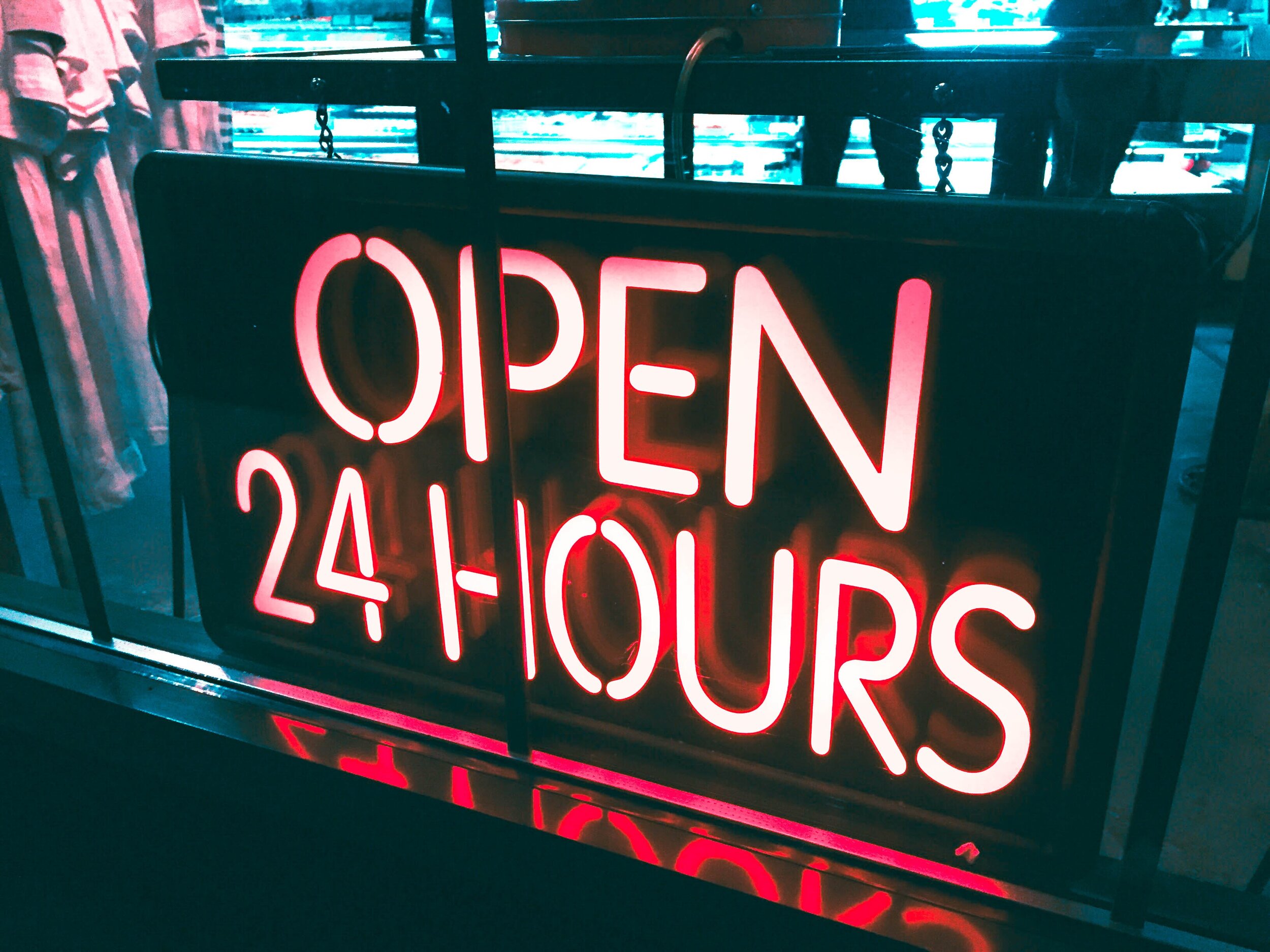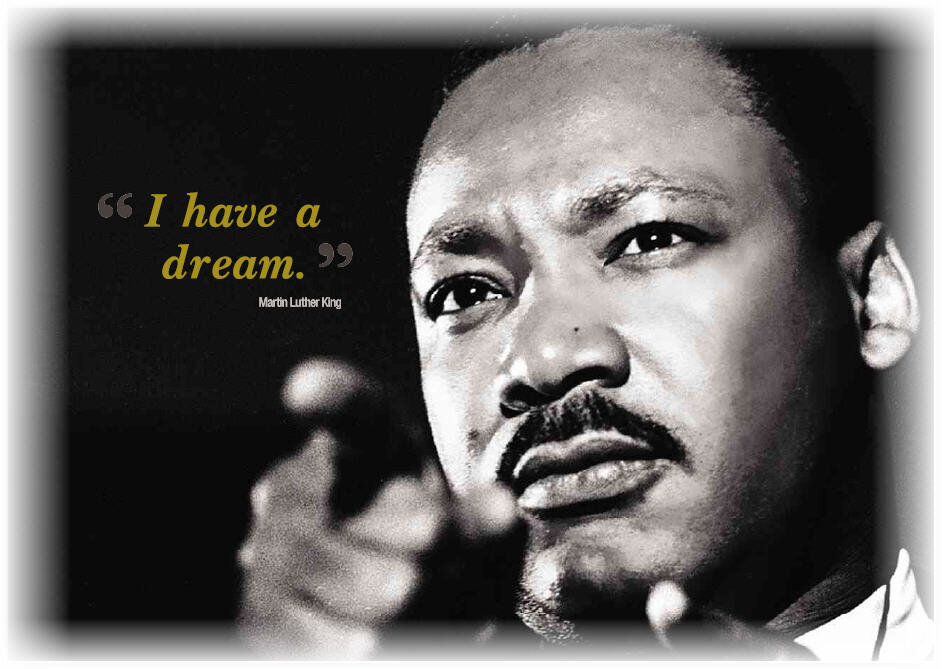Photo by Alina Grubnyak on Unsplash
Many people are required to be available for work 24/7. We carry mobile devices that we regularly check after hours for emails, and we are expected to be able to respond to a text or phone call immediately, even when on vacation. Today's "new normal," with many of us working remotely, has increased the pressure on employees to be available around the clock.
The problem with this work style is that it rarely allows for true leisure time. Employees have less control over non-work activities and less time for recovery.
One study linked extended work availability - not being at work but expected to be available by phone or email - with decreased calmness and energy levels. The possibility of being needed to work was enough to impede recovery.
In this study, participants showed elevated cortisol levels when on-call, similar to cortisol levels due to job stress. The authors speculated that the body was preparing for the anticipated stress.
In contrast, participants who did not think about work or were detached from their work had lower cortisol levels and were more likely to recoup their energies and improve their moods. "Non-work hours during which employees are expected to respond to work issues constrain employee behavior," say the authors of the current study, "and cannot be considered leisure time."
While it is hard to create recovery time given the realities of a 24/7 work environment, doing so will help you maintain your resilience despite the constant stress. Here are some tips on how to make time for recovery when 24/7 is your work reality:
Set Times for Emails
Identify ahead of time how often and at what times you will check your work email after hours. Communicate this information to your boss and your team. Turn off your email notifications. Setting a time will prevent you from continually checking during your time off.
Establish a Duty Roster
Even an informal duty roster can give fellow teammates time off from checking email. Identify who will be reviewing emails and who won't. Inform the person on duty when you want to get a phone call or text about something urgent.
Trust Your Backup
Go on vacation and empower the person who fills in for you. Ensure they are well briefed on issues and give them the authority to make decisions while you're gone. Then, stay off the email (or read your email at a designated time without responding). You must trust your backup if you want to really be off the clock.
Plan in Advance
Schedule your leave as far in advance as possible. Planning gives everyone more time to prepare for your absence. Don't cancel your vacation unless there is a once-in-a-lifetime, dire emergency. Remember, you can trust your backup to address anything that happens while you're gone.
Set Expectations
When starting a new position or when you get a new boss, discuss expectations of work availability. Make clear what works and does not work for you and why.
Take Short Recovery Breaks
Take several short breaks every day that give you quick recovery periods. Eat lunch away from your desk and mobile device. Take a 10-minute walk. Run a quick errand or watch a funny video.
How do you find time to recover in a 24/7 work environment?
___________________________
To learn more about how you and your team can thrive in adversity, visit my website, and follow me on LinkedIn, Facebook, and Twitter. And, check out my online Resilience Leadership course.










